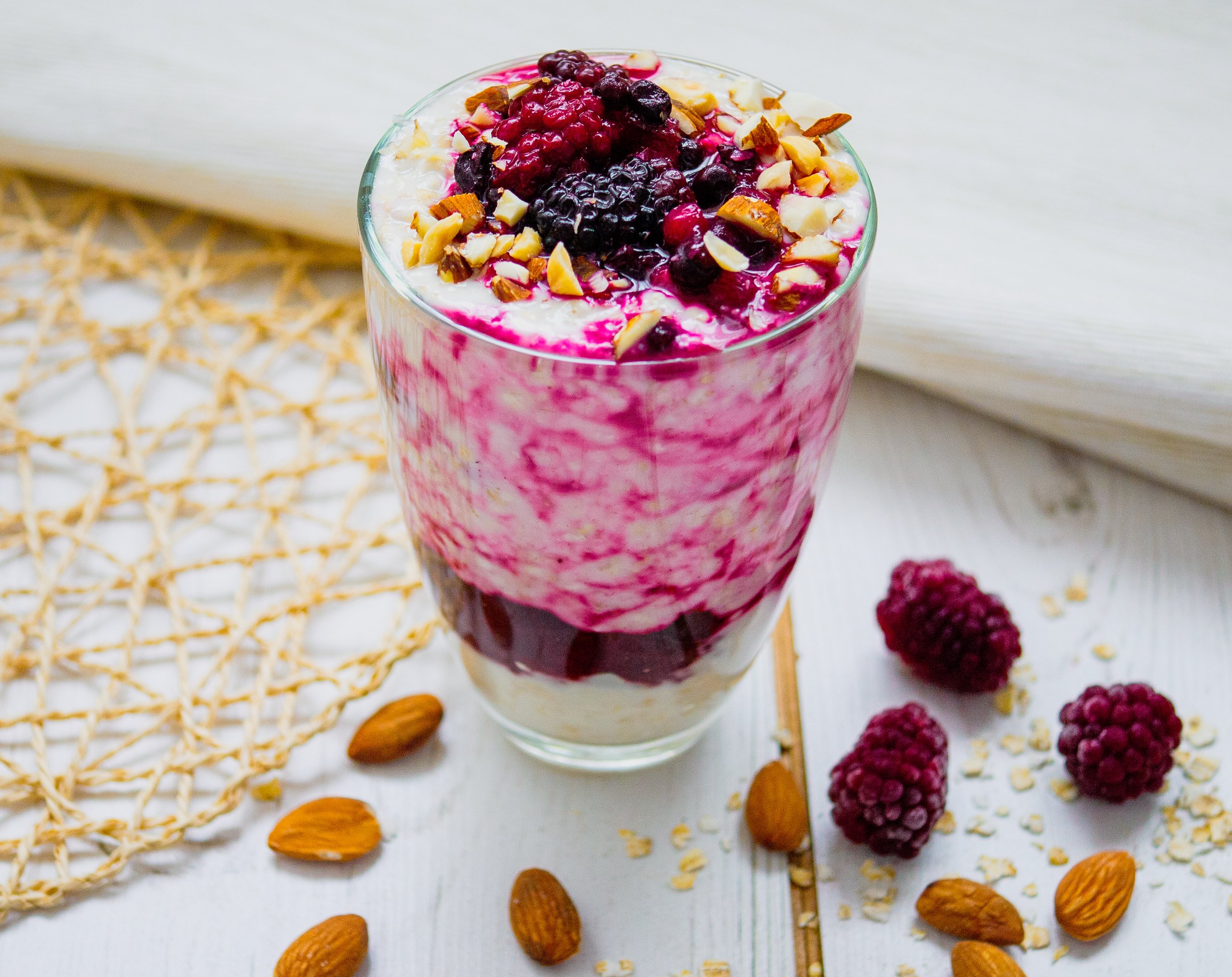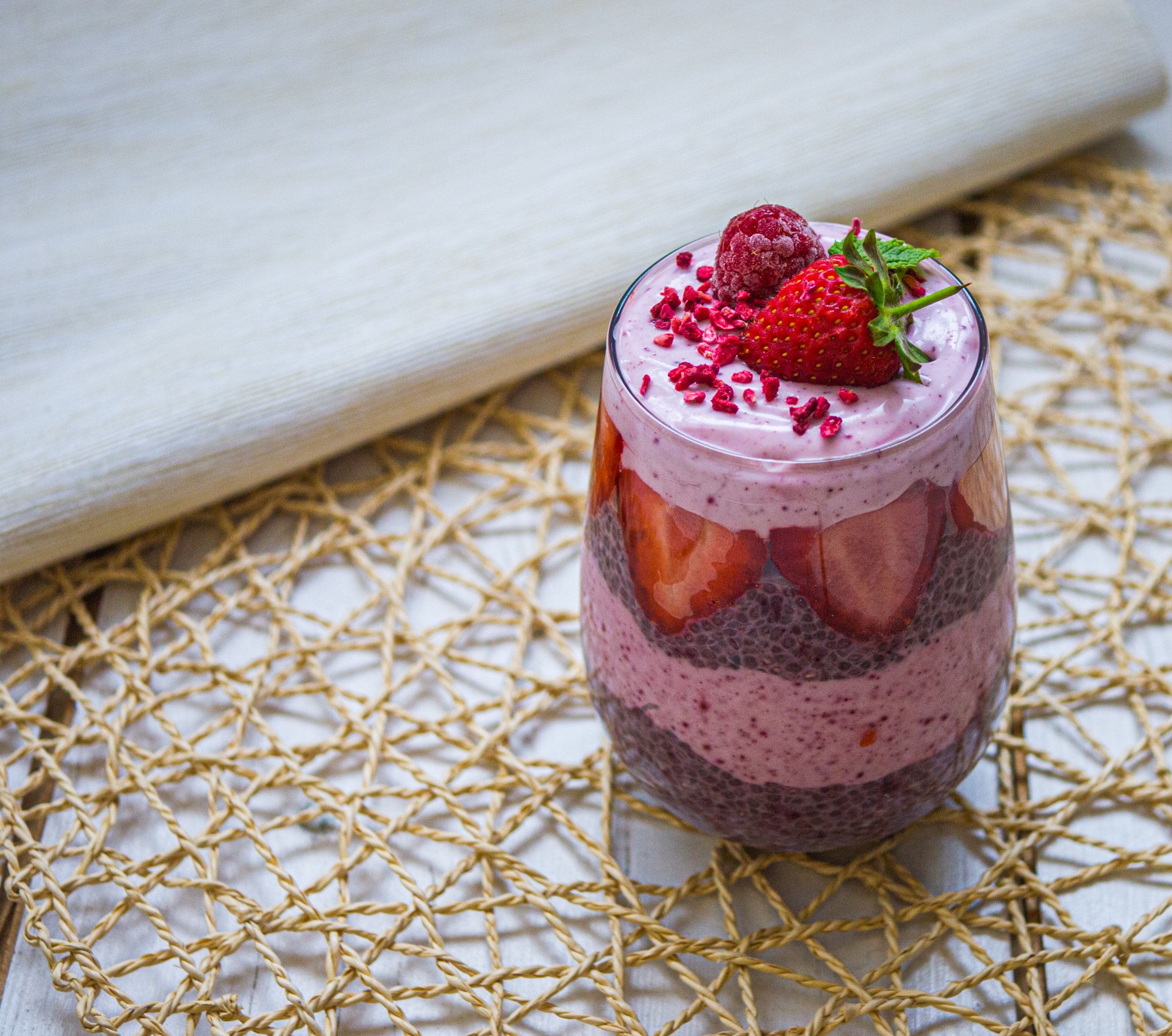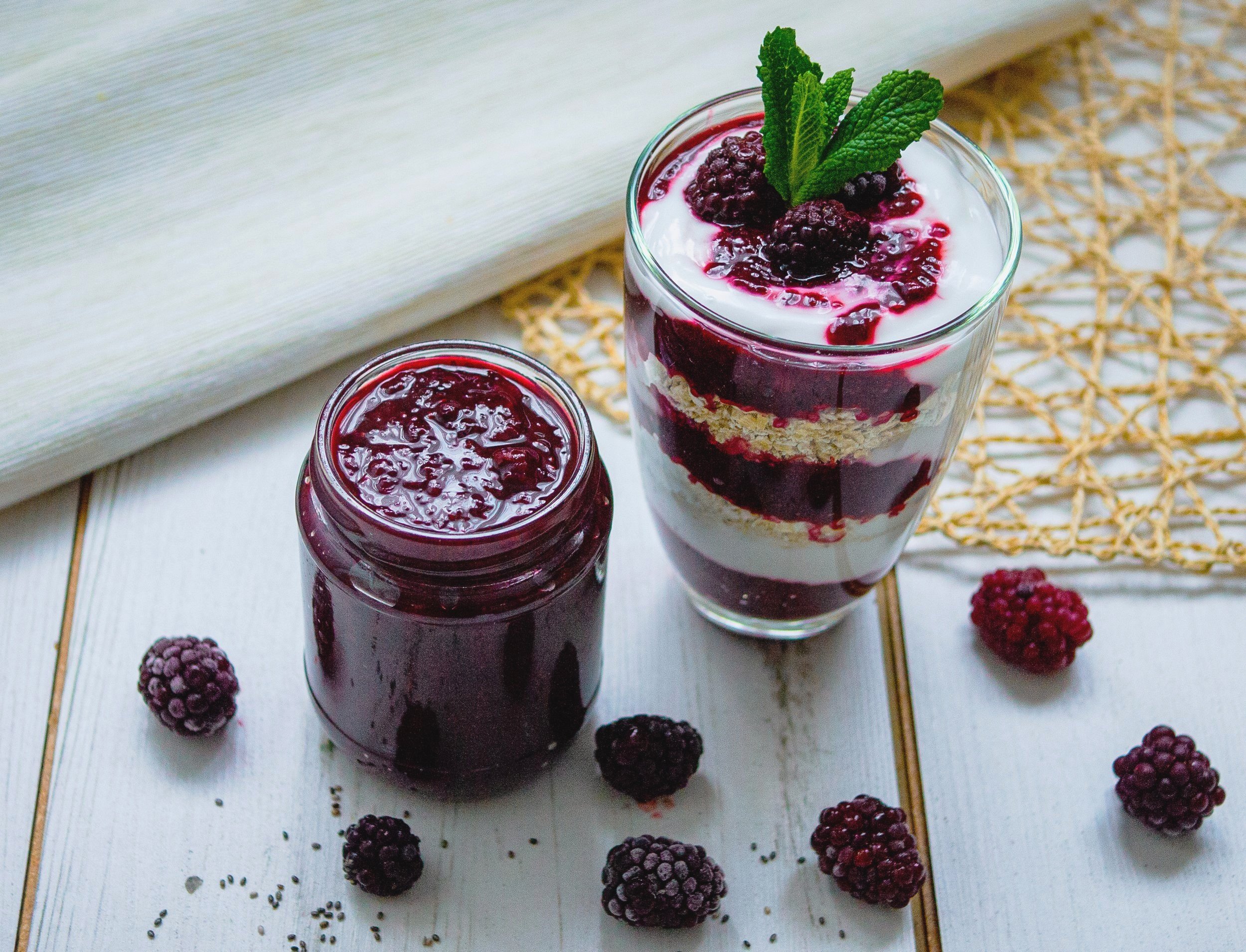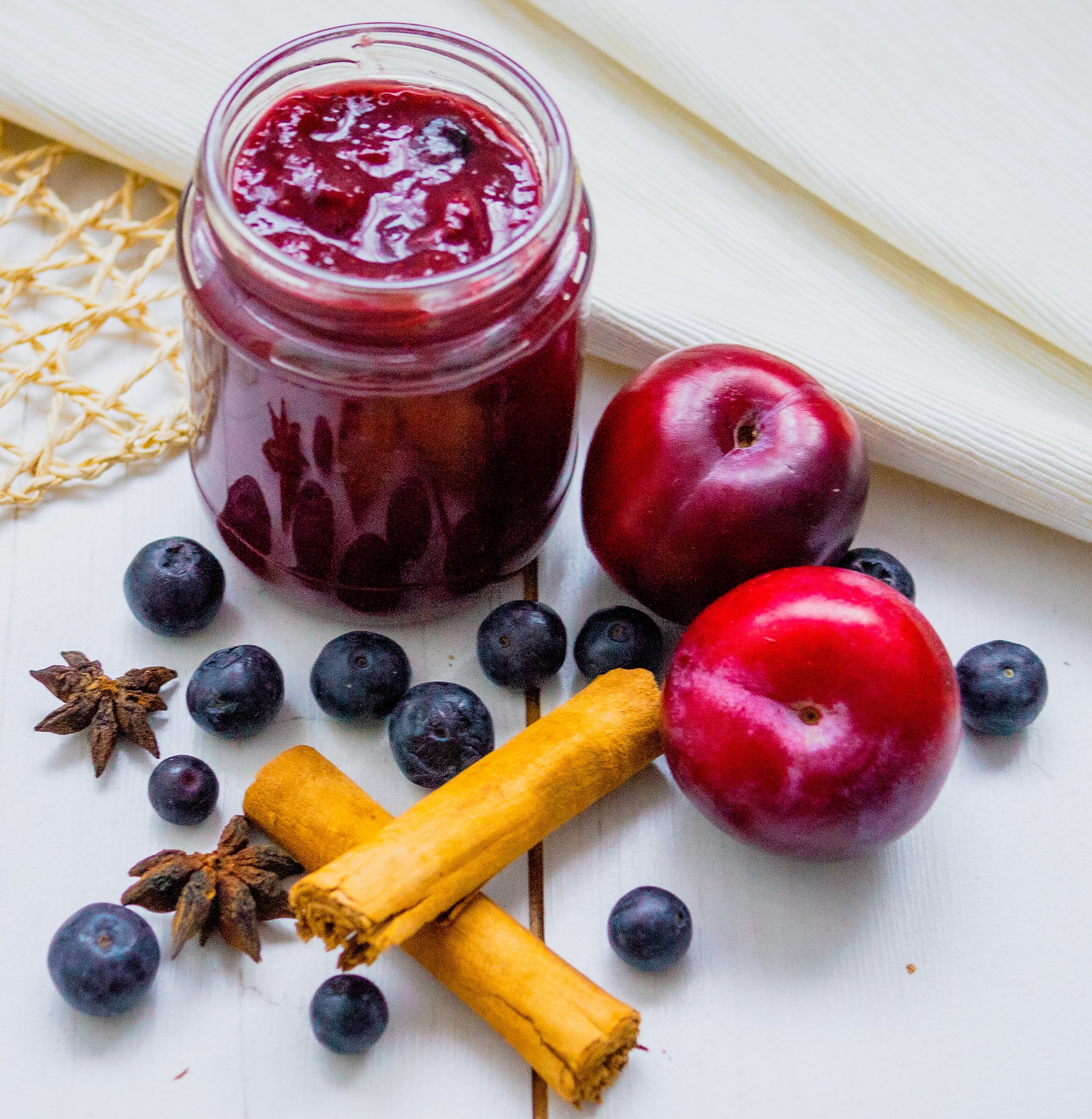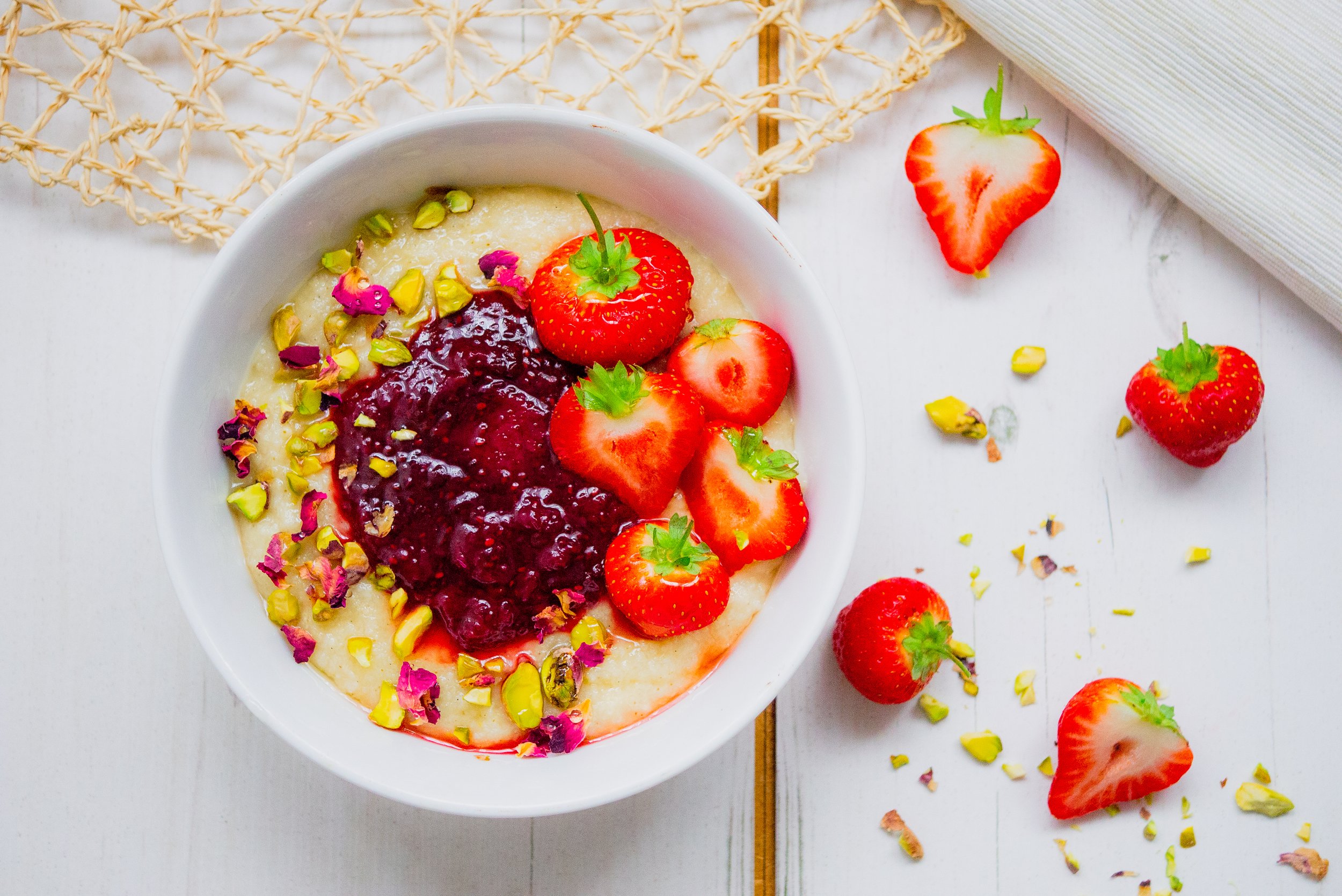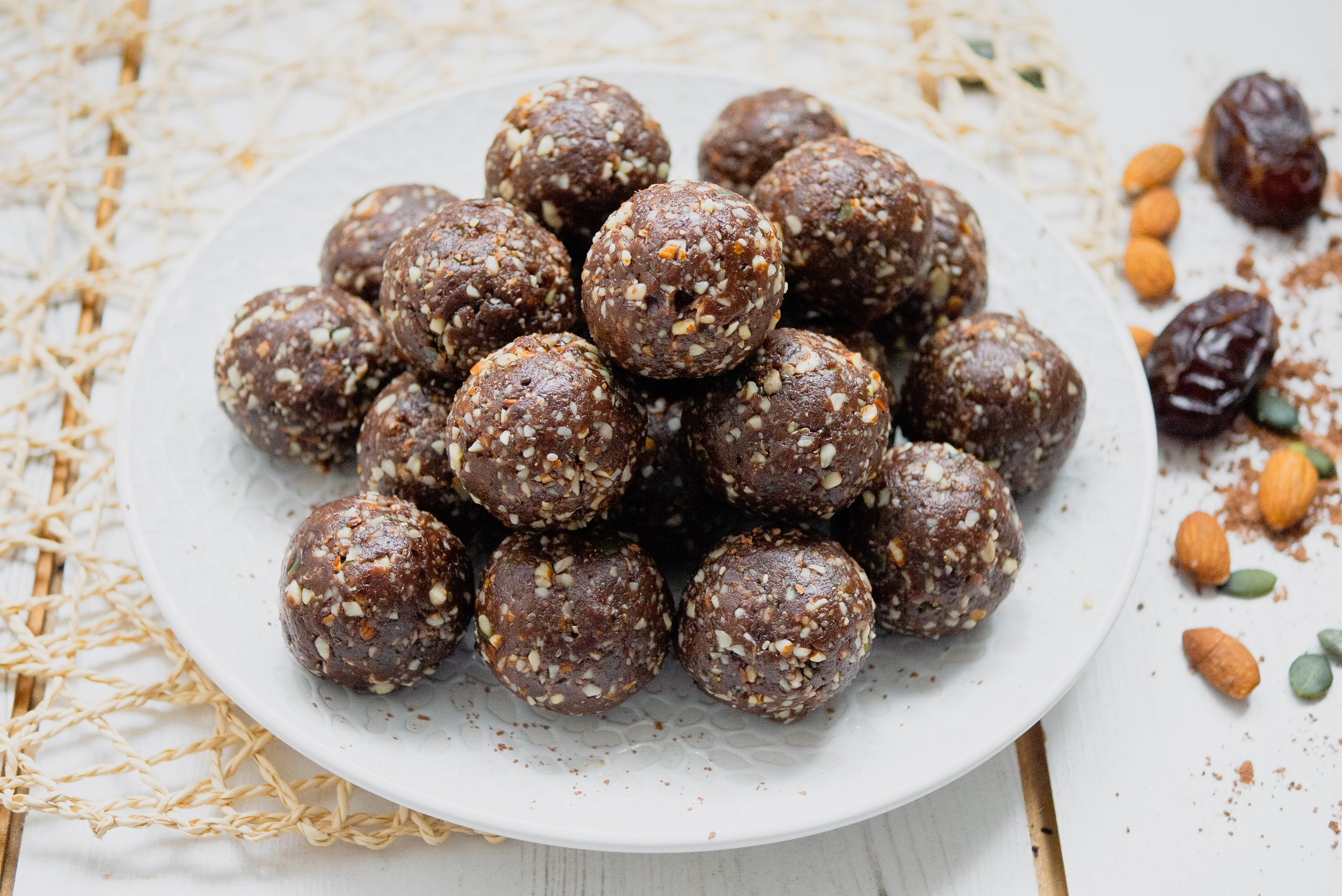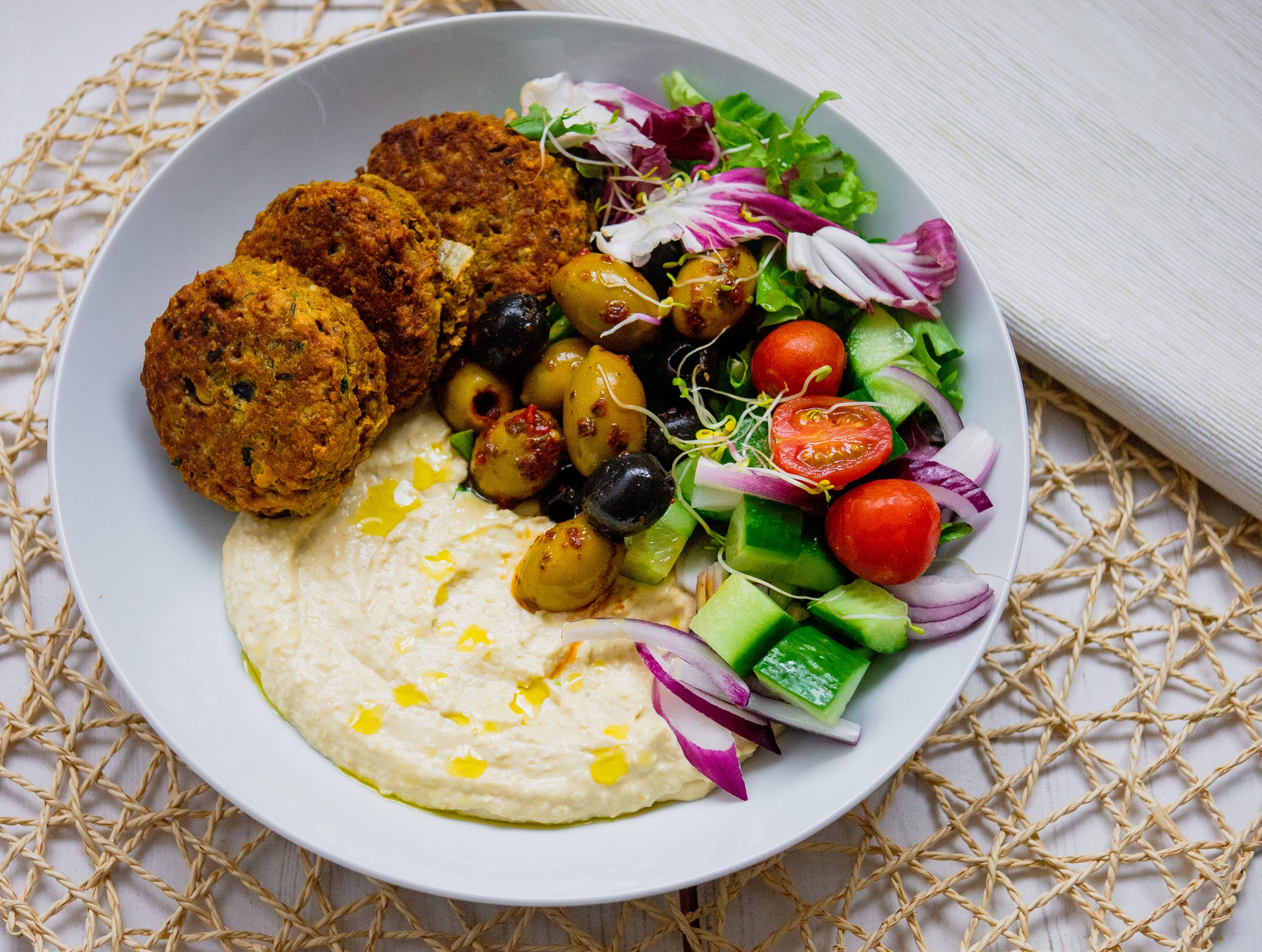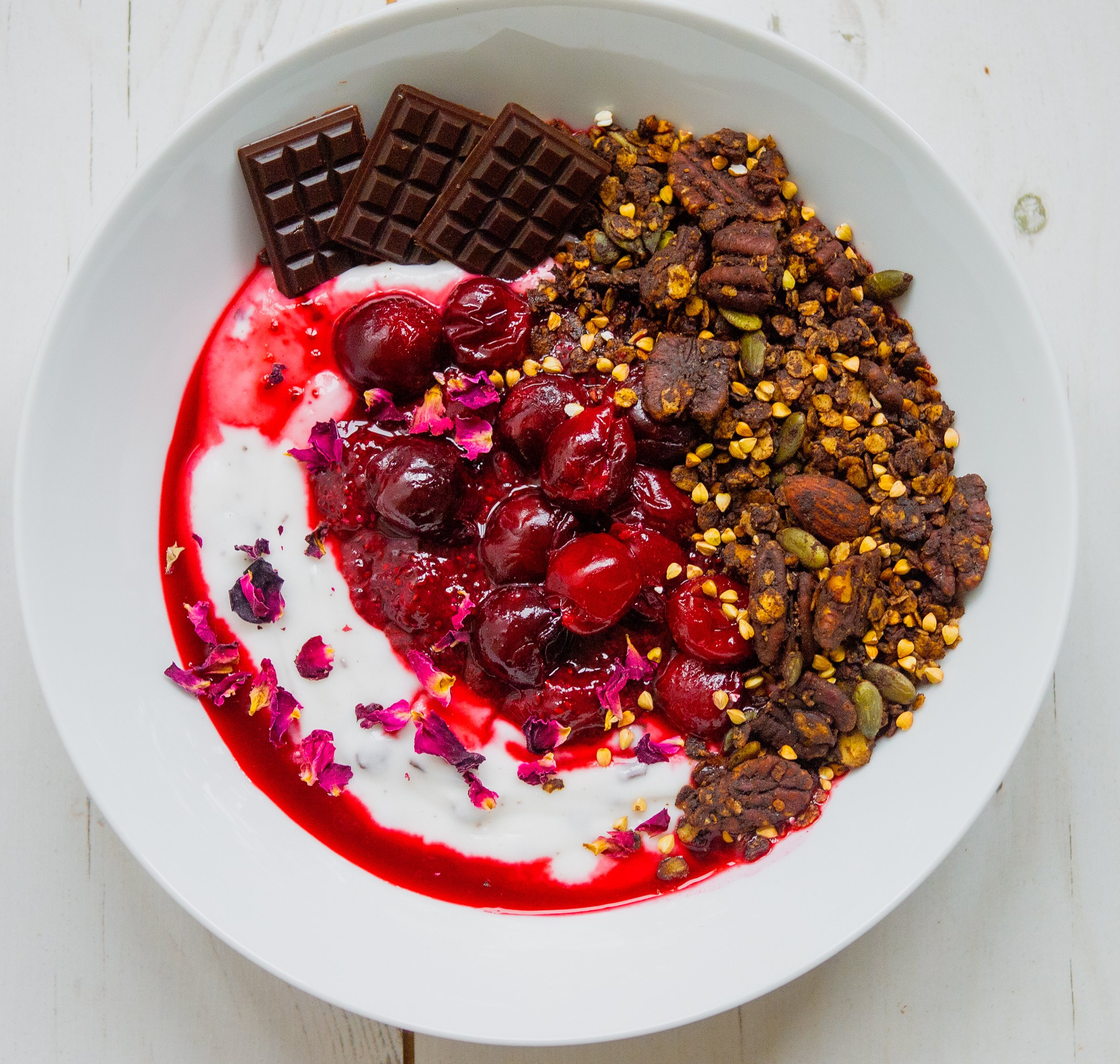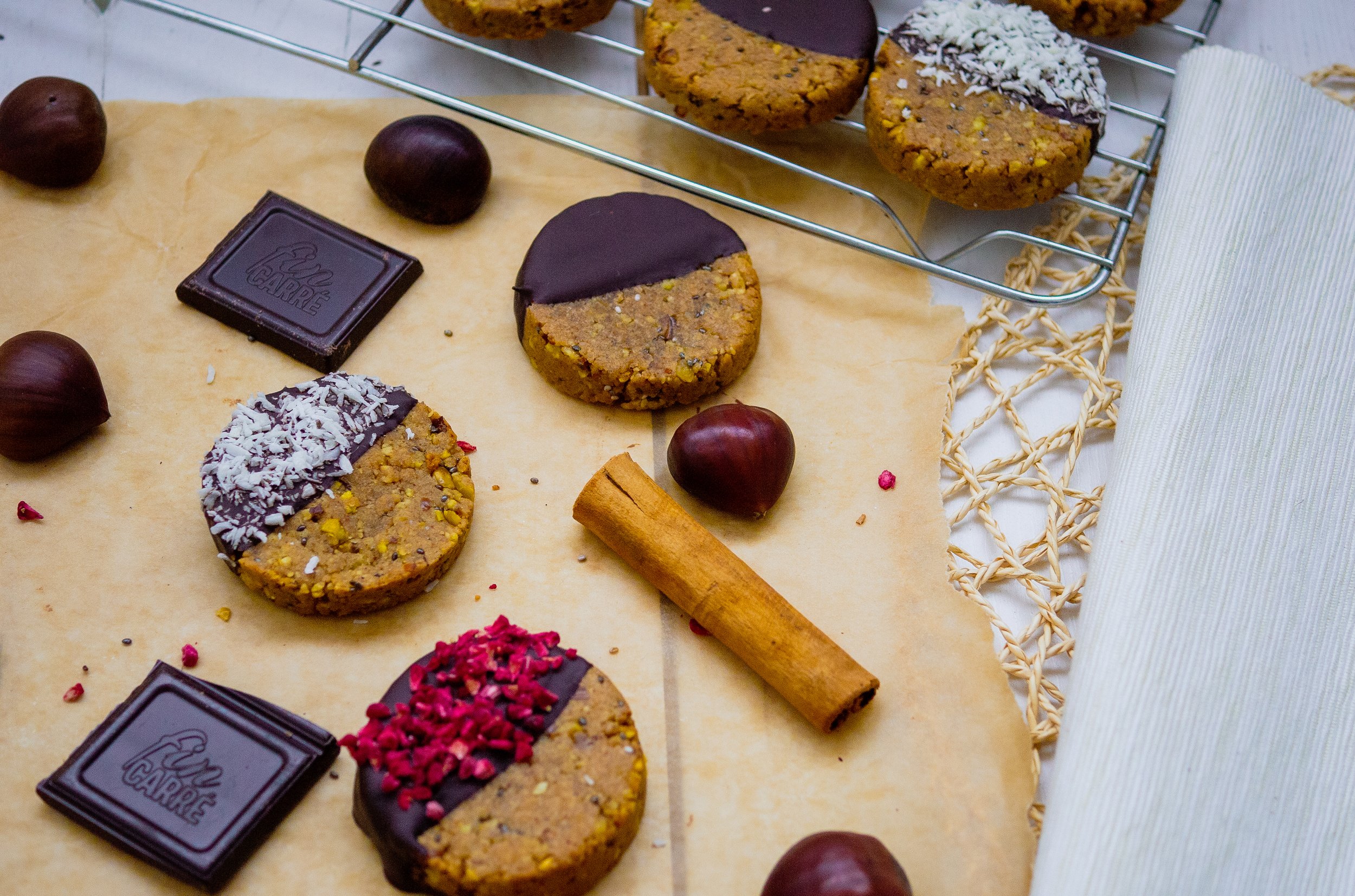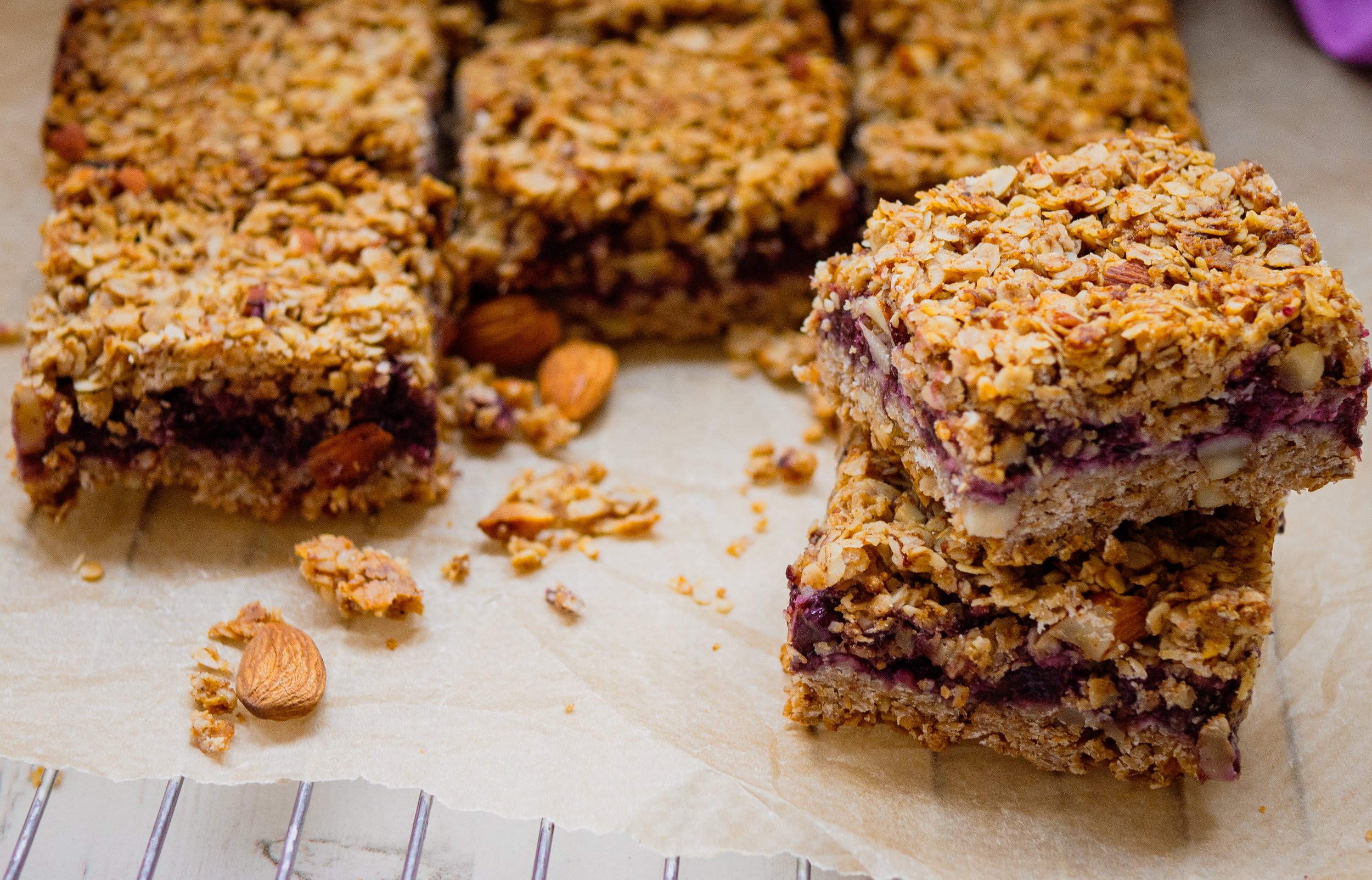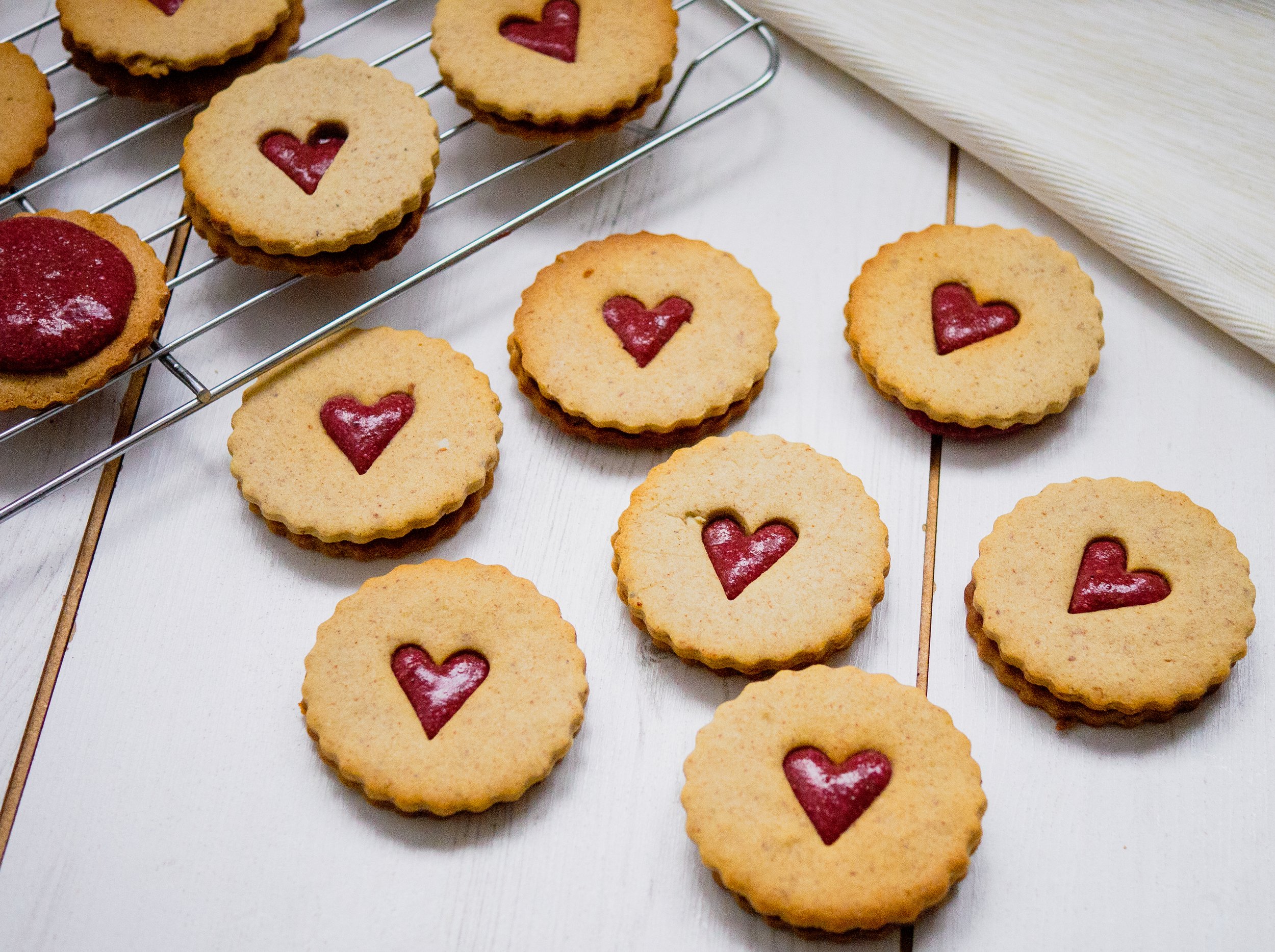Expert Guide to Creative Cooking with Chia Seeds
Chia seeds are a versatile ingredient that can elevate your cooking to a whole new level, especially if you're looking for allergy-free options. In this post, we will explore over 30 creative ways to incorporate chia seeds into your recipes, ensuring a delicious and safe culinary experience for everyone.
Chia seeds, pronounced cheer seeds, offer a plethora of possibilities for allergy-free cooking, from adding a nutritious boost to your favourite cookies to creating guilt-free desserts. Whether you're a vegan enthusiast or simply looking to enhance the nutritional value of your meals, chia seeds are a fantastic choice that caters to various dietary preferences.
In this extensive guide, we'll explore a myriad of ways to use chia seeds in your cooking, drawing inspiration from a diverse range of recipes. These recipes showcase the versatility and health benefits of this superfood and promise to transform your dishes into allergy-friendly culinary delights that tantalise your taste buds and nourish your body.
In this blog post, we will explore:
Understanding Chia seeds
Nutritional benefits
White V black chia seeds
What do Chia seeds taste like
Where to buy chia seeds & storage
Allergy-Friendly Characteristics of Chia Seeds
Cooking techniques with chia seeds
Tips & tricks for cooking with Chia seeds with recipes
Understanding Chia Seeds
Chia seeds have gained popularity in the health food world due to their numerous nutritional benefits and versatility in allergy-free cooking. Let's delve into the key aspects of understanding chia seeds, from their nutritional value to their allergy-friendly characteristics.
Nutritional Benefits of Chia Seeds
Chia seeds are a powerhouse of essential nutrients. They are packed with omega-3 fatty acids, fibre, protein, antioxidants, vitamins, and minerals. These tiny seeds provide a plant-based source of omega-3s, which are crucial for heart health and reducing inflammation in the body. Additionally, chia seeds are a great source of dietary fibre, promoting digestive health and helping you feel full for longer periods.
One serving of dried chia seeds is about 2.5 tablespoons. This has 140 calories, 5 grams of protein, 10 grams of fiber, 12 grams of carbohydrate and 9 grams of fat, of which 8 grams are heart-healthy fats.
They’re one of the few plants that contain all essential amino acids, making them a source of complete protein.
When it comes to vitamins and minerals, chia seeds contain calcium, magnesium, and phosphorus, which are essential for bone health and overall well-being. Incorporating chia seeds into your diet can be a simple yet effective way to boost your nutrient intake and support your health goals.
What’s the difference between black & white chia seeds?
The only difference between black and white chia seeds is their outer shell color. Both types of seeds have the same neutral taste, versatility, and incredible nutritional benefits. The only reason to choose one colour over the other is whether you want the seeds to be visible in your cooking or baking.
If you want the chia seeds to blend in with the colour of your dish, you should choose the colour that matches it. If you want the seeds to stand out or be invisible, you can select the colour that best suits your needs.
What do chia seeds taste like?
Chia seeds have a subtle taste. Their mild and nutty flavour blends well with both sweet and Savory dishes. Some say that chia seeds taste sort of like alfalfa sprouts or poppy seeds. They are really crunchy and great to add texture to foods as they have no taste, so they are very versatile.
Where can I buy chia seeds from?
Chia seeds are readily available in supermarkets, health food stores, and online. While black chia seeds are more common in some countries, white chia seeds are easier to find in others. In addition to whole chia seeds, milled chia powder is also available. It is commonly sprinkled onto oatmeal or smoothie bowls.
How do I store chia seeds?
It's best to store chia seeds in a sealed container such as a mason jar.
Allergy-Friendly Characteristics of Chia Seeds
Chia seeds are renowned for their allergy-friendly characteristics, making them suitable for individuals with various dietary restrictions. They are naturally gluten-free, making them safe for those with gluten sensitivities or celiac disease.
Moreover, chia seeds are also free from common allergens like nuts, soy, and dairy, making them a versatile ingredient for allergy-free cooking. Scientists have found that people with sesame seed allergies may be more sensitive to chia seeds, per the National Library of Medicine. Take a look at this article on reactions to chia seeds by York test analysis here.
Always consult with your doctor or allergist first if you are unsure.
Whether following a specific diet or having food allergies, chia seeds can be a valuable addition to your pantry. Their neutral flavour profile allows them to be easily incorporated into a wide range of dishes, providing a nutritional boost without compromising on taste or texture.
By understanding the nutritional benefits and allergy-friendly characteristics of chia seeds, you can explore creative ways to incorporate these nutrient-dense seeds into your allergy-free cooking repertoire. The possibilities are endless when it comes to cooking with chia seeds.
Cooking Techniques with Chia Seeds & Recipes
Experiment with these cooking techniques to discover new ways to incorporate chia seeds into your allergy-free cooking repertoire. From breakfast to snacks and main courses, chia seeds offer a versatile and nutrient-rich addition to your culinary creations.. Here are some creative ways to incorporate chia seeds into your allergy-free cooking:
Chia Seed Gel as an Egg Substitute
Chia seeds can be transformed into a gel-like consistency by mixing them with water, making them an excellent vegan alternative to eggs in baking recipes. The gel helps bind ingredients together, providing moisture and structure to your baked goods.
To replace 1 medium egg, use; 1 Tbsp chia seeds + 2.5 Tbsp water. If using chia eggs in cakes, use white chia seeds so you can't see the black specs. If making a chocolate cake, use black chia seeds instead,
Click on the picture below to go straight to the recipe.
Chia Seed Pudding
Creating chia seed pudding is a simple and delicious way to enjoy the health benefits of chia seeds. Mix chia seeds with your choice of plant-based milk and sweetener, then let it sit overnight to thicken. You can customise your pudding with toppings like fresh fruits, nuts, or granola for added flavour and texture. Click on the pictures below to go straight to the recipes.
Chia Seeds in Drinks and Smoothies
Blend chia seeds into your morning smoothies for a nutritious boost. These tiny seeds are packed with omega-3 fatty acids, fibre, and protein, making them a perfect addition to your allergen-free breakfast routine. Just add a tbsp to your smoothie and blend with all your other ingredients. Please note that the longer you leave the smoothie, the thicker it becomes, so you could also use the recipe for a smoothie bowl once it's thickened.
Chia Seed Smoothie: Blend 1 tbsp chia seeds into your favourite smoothie recipe for an extra boost of fibre, protein, and omega-3 fatty acids.
Chia-Infused Water: Infuse your water with 1 tsp chia seeds for a refreshing, nutrient-packed drink that will keep you hydrated throughout the day.
Chia Lemonade: Upgrade your lemonade by adding 1 tsp soaked chia seeds for a healthy twist that's both delicious and satisfying.
Freeze your smoothies into lollies for a refreshing twist
Chia seed jam
Use chia seeds to make jam, a quick and healthy alternative to store-bought jam that’s full of sugar. Simply add fruit, fresh or frozen, to a saucepan, add chia seeds, honey, or agave, and cook for 20 minutes. Use this jam in desserts, in yoghurt, on toast, or in porridge. Click on the pictures to go straight to the recipes.
Chia Seed Crackers for Snacking
Homemade chia seed crackers are a tasty and healthy snack option. Combine chia seeds with other seeds, herbs, and spices, then bake them until crispy. These crackers are a great alternative to store-bought snacks, and you can customise them to suit your taste preferences.
Incorporating Chia Seeds in Soups and Stews
Add chia seeds to soups and stews as a thickening agent and to boost the nutritional content of your dish. Chia seeds absorb liquid and release a gel-like substance, helping to create a hearty and satisfying texture in your favourite soup recipes.
Chia Seed-Coated Chicken Tenders or vegetables
Coating chicken tenders with a mixture of ground chia seeds and spices before baking or frying adds a nutritious crunch to this classic dish. Chia seeds elevate the protein content and provide a unique texture that complements the tender chicken meat. Use the same technique to coat vegetables ready to deep fry.
Recipe - Panné or breadcrumbing is usually flour, egg and breadcrumb. Instead, omit the egg, use gluten-free flour or cornflour, and swap the egg for chia eggs 2 tbsp of milled chia seeds to 5 tbsp of water. Leave to sit for 15 minutes till thickened. Then take your protein or vegetable. (If using vegetables, ensure they are wet first so that the flour will stick to the vegetables.) Coat in flour first, then dip into the chia mixture, then coat in breadcrumbs, use gluten free breadcrumbs if needed. Then fry in oil.
Chia seeds in veggie burgers
If you use eggs or breadcrumbs to bind burgers, you could try chia seeds instead. I love using chia seeds in my sweet potato burgers. They are great at absorbing liquids, which makes the veggie burger less sloppy and easier to handle.
Additionally, chia seeds add fibre to the burgers and help stabilise the texture, making them easier to mould. I often use chia seeds in the kitchen if my mixture is too wet; often, potatoes can be rather watery instead of floury, and so Chia seeds have incredible liquid absorption power — they can soak up to 27 times their weight. Which makes them perfect for soaking up excess liquid.
Grinding Chia Seeds for Baking
When using chia seeds in baking, consider grinding them into a fine powder. This will help incorporate them more smoothly into your recipes, avoiding a gritty texture.
A coffee grinder or food processor can help achieve the desired consistency effortlessly. Ground chia seeds can be an excellent substitute for traditional flours, adding a nutritional boost to your baked goods.
Remember to use white chia seeds in items like cakes, and use black chia seeds in chocolate brownies or chocolate cake so you cant see the flecks of seeds within your bake. You can buy ready milled chia seeds but they usually tend to be black chia seeds.
Chia Seed Salad Dressing Recipes
Enhance your salads with homemade dressings that include chia seeds. These tiny seeds can be used to thicken dressings and add a dose of healthy fats to your meal. Try mixing chia seeds with olive oil, vinegar, herbs, and seasonings for a flavourful and allergy-free dressing.
Chia Seed Energy Bars as On-the-Go Snacks
Make your own chia seed energy bars to fuel your busy days. Mix chia seeds with nuts, dried fruits, honey, and oats, then shape them into bars and refrigerate until firm. These homemade snacks are perfect for a quick boost of energy and nutrition on the go.
Chia seed bliss balls
Make your own energy balls by blending dates with nuts, cacao powder, nut butter and coconut oil. This super quick and healthy snack can be stored in the fridge for weeks. It's perfect for a snack or in kids' lunch boxes. Click on image to go straight to the recipe.
Other ways to use Chia seeds
As a topping for porridge
As a topping for salads or stir fries
As a topping for soups
As a topping for yoghurt mixed with other seeds
Chia in Breads: Sprinkle chia seeds on top of bread before baking or incorporate them directly into the dough for added texture and nutrition.
Add white chia seeds to pancakes instead of eggs - Use white chia seeds 1 tbsp - 2.5tbsp water = 1 egg
Add 1 tbsp to your favourite cookie recipe
Add to falafel recipe like this one in the picture below
Click on pictures below to go to recipe
To sum up
Chia seeds are more than just a trendy superfood; they are a valuable ingredient that can transform dishes into allergy-friendly delights. With their nutrient-dense profile, chia seeds are a powerhouse addition to any diet. Explore countless ways to incorporate these tiny seeds into your cooking repertoire, mixing and matching recipes to suit your tastes and requirements.
With chia seeds in your pantry, you're equipped to whip up nutritious and delicious allergy-free meals. Embark on your chia seed culinary journey, tailoring recipes to your preferences, and enjoy the endless possibilities these seeds bring to your table.
Have you got any brilliant ways to use Chia seeds? Pop me a comment below.
Remember, it is crucial to consult with a healthcare professional or a registered dietitian before making any significant dietary changes. They can provide personalised guidance and meet your nutritional needs.
It is important to note that the information provided in this article is for educational, communication, and informational purposes only. It is not intended to replace or constitute medical advice or treatments. Please note that I am not a doctor, nutritionist or allergist. As such, it is always advisable to consult with a healthcare practitioner before embarking on a new diet or health regime.
You might also like:
Looking for anything?
Browse all Articles
Latest Articles
Latest Recipes
Follow along 0n Instagram




